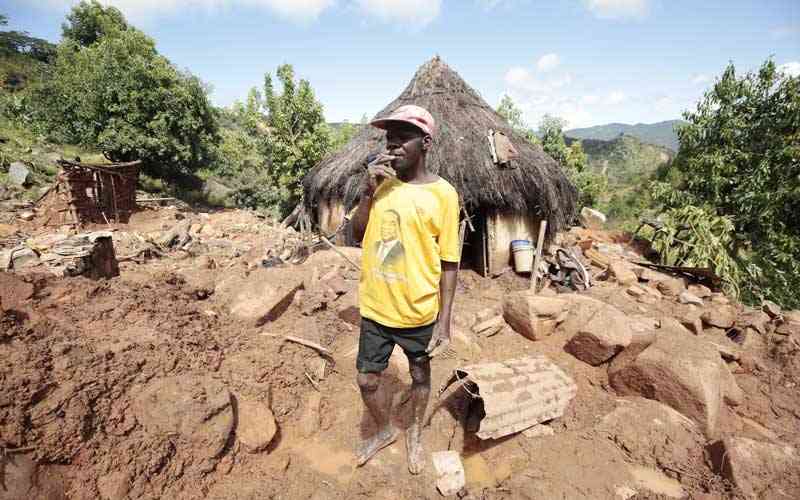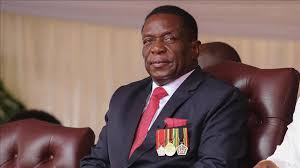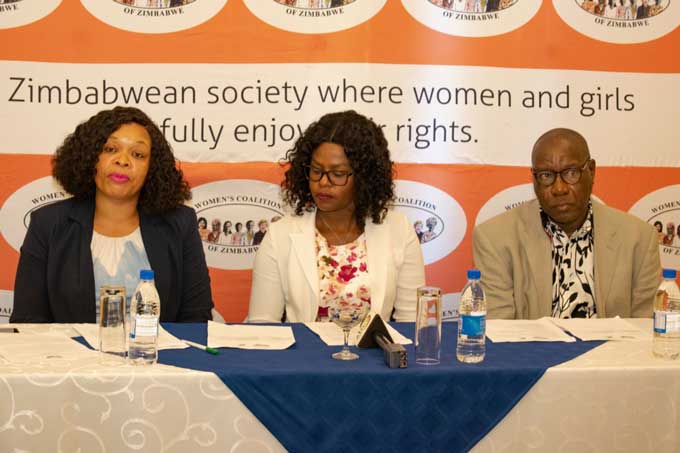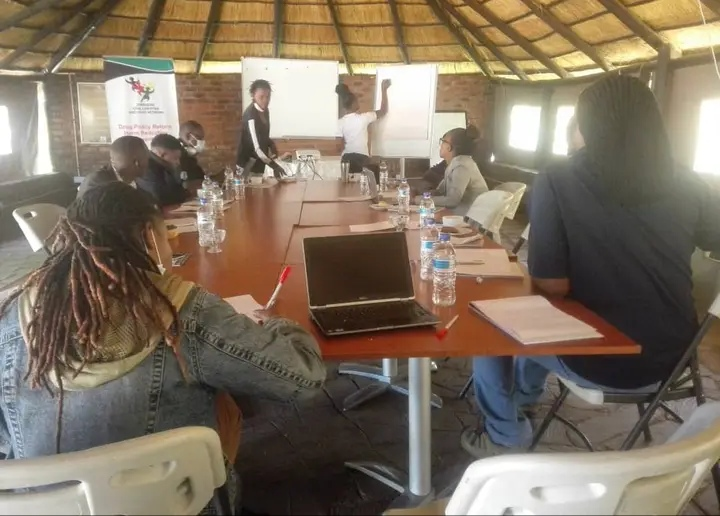
Disaster risk reduction protects the lives and livelihoods of communities and individuals who are most vulnerable to disasters or emergencies. Whether the crisis is caused by nature or humans or a combination of both, disaster risk reduction limits its negative impact on those who stand to lose the most, and artists have a role to play in disaster management.
In recent years, the country has become more vulnerable to cyclones and floods that occur almost yearly, causing widespread damage to buildings and even school facilities disrupting the teaching and learning process.
Strong leadership, organisation and coordination, clear lines of accountability and communication are key in improving the sector capacities across the four phases of emergency management; mitigation (prevention), preparedness, response and recovery to better manage disasters that cause unprecedented damage to our facilities.
It is of note that we are all prone to be affected by disasters and hence there is the importance of information synergies which play a role in protecting communities from impending disaster, particularly at this time of the rainy season where there is the risk of cyclones and floods.
As a creative artist, I have felt compelled to think deeply of the role, which artists have to play in disaster risk reduction; particularly in the light of using their creative voices to spread the message of awareness to the wider community.
Through various forms of art such as song, dance, poetry, theatre and even photography, artists and creatives as a whole can raise awareness on issues that relate to disaster risk reduction which is a pertinent issue amidst the incidence of floods in the different parts of the country.
With an emphasis on collaboration and the promise of influence on decision making, the importance of community engagement is clear as it drives social transformation and artists are the ones who play the front role in promoting awareness within the communities.
Different art manifestations promote advocacy that not only works to raise awareness, but passionate, locally-informed voices can be heard and local solutions to mitigate and to be prepared for the disasters can also be applied and put into context.
Songs can be written that reference hazards and disasters because of the compelling imagery that can be conjured with such references.
Music can play an important role in formal and informal disaster risk education.
Songs in classrooms, for example, can be beneficial for social and environmental studies because of their abilities to capture student interest, sensitize attitudes towards issues, draw from a rich data source, and make connections between theory and real situations.
These can help the children at primary and even secondary level to be aware of impending disasters and the risks which can occur and ensure that even children are prepared for any disaster that can befall them. Disaster-related art can also be used in videos or theatre and activities aiming to teach about socio-economic vulnerability and preparedness.
Some of these videos or theatres can use songs with pedestrian, whimsical lyrics that perpetuate myths of vulnerable victims with no disaster risk reduction capacity.
Travelling performances in rural areas can help in overcoming some language and technical issues of communicating messages that are related to disaster management.
It is of note that those who are in the remote areas are the ones that are even more vulnerable to the scourge of disasters, and it is of importance that artists take a pro-active role to also target those in the rural areas.
This is the part where there is the need for multi stakeholder engagement in partnership with NGOs and the government in the capacitation of artists as the voices that bring awareness on the importance of disaster risk reduction.
Using art to communicate the message of disaster risk reduction can have a fore bearing as it can break the cultural, linguistic and the geographical barriers.
In Zimbabwe we should be aware of how oral tradition has played a greater part in the fostering of information synergies. But art forms such as music, theatre and poetry can be useful tools that spread the message of awareness, strengthening individual or community coping, and rituals for living with hazards and enhancement of local fundraising.
The utilisation of art as an edutainment tool can spread awareness spatially as communities should be aware of how hazards and disasters are an integral part of our lives and hence communities have to be prepared in the event of disasters. This also accounts to the government and different NGOs that can play a role in contributing to the reduction of the risk of disasters.
The internet also remains another critical platform that artists can use to create more awareness on issues that orient to disaster risk reduction.
Platforms like “tik tok” can be positively used by creatives to send a message of awareness on issues that orient to disaster risk reduction. I am perturbed by how in a great many cases we misuse the social media platforms posting content that does not in any way educate people.
It remains of importance that artists take the leading role by using the internet as an edutainment tool that can bring forth fruition and information synergies on issues that relate to disaster risk reduction.
Meanwhile, disaster-related work has evolved to focus less on paradigms of hazards, and massive structural investments and relief. Instead, the emphasis is more on underlying capacities and vulnerabilities while integrating disaster risk reduction into sustainable development.
Therefore, songs representing hazards and disasters seem ill-suited to be the communication medium of choice, because the history of popular music cherishes the tragic and the heroic, not long-term good practices. Much like newspaper reporters stereotypically disappearing after the initial post-disaster misery gives way to hope, art forms can grow as a medium that commemorates either pain or triumph, but not avoidance and mitigation.
I can comment that commercially successful art curators must do one of two things, that is to tug at the heart strings by getting the listener to feel the pain, or let the heart soar through choruses of victory in the face of adversity,
Local cultural songs, poetry, dance or theatre about hazard events can express how these events provide opportunities, require ritual or studied mastery, and provide lessons for reflection.
However, these forms of art compete with popular art works that tend to care less about the message to the brain and more about the message to the heart and pocketbook.
Thus, the myth of the disaster protagonist who is the helpless victim with no coping mechanisms, buffering ability or choices on acting is bolstered through art, despite theoretical and practical advances in disaster risk reduction.
Home recording and video equipment increases song availability, in tandem, YouTube, MP3s, cell phones and internet translation engines increase access.
Overall, digital technology has resulted in a direct distribution revolution with significant potential effects on the effectiveness of dispelling the myths and conveying accurate disaster risk reduction messages.
Art works that depict real activity, hope and calls to action can be spread quickly and accurately if the art product is compelling enough to make people want to listen and learn.
Art thus is a powerful tool that can be used in disaster risk reduction awareness in the wider communities within Zimbabwe.
Raymond Millagre Langa is musician, poet, orator, independent researcher and founder of Indebo edutainment Trust. You can follow on Facebook @Millagre Ray Langa, on X you can follow on #Millagre Langa, email. millagrepapito@gmail.com or indebotrust@gmail.com










